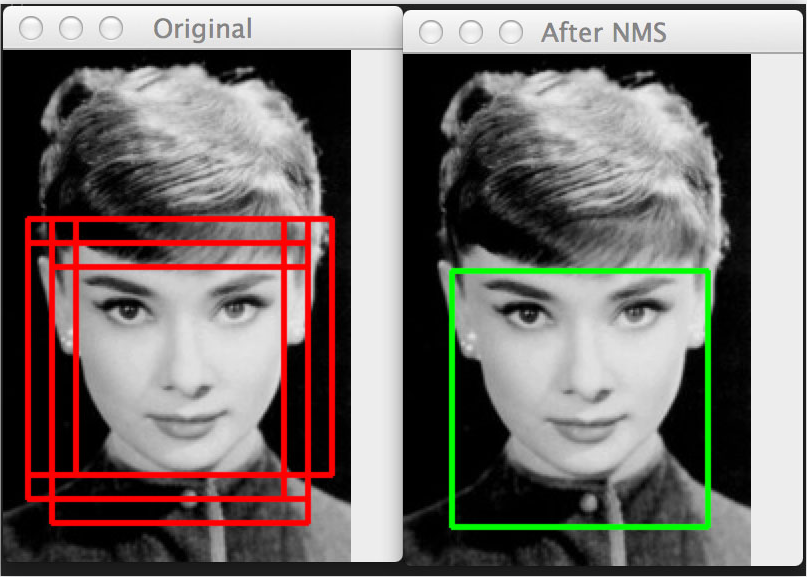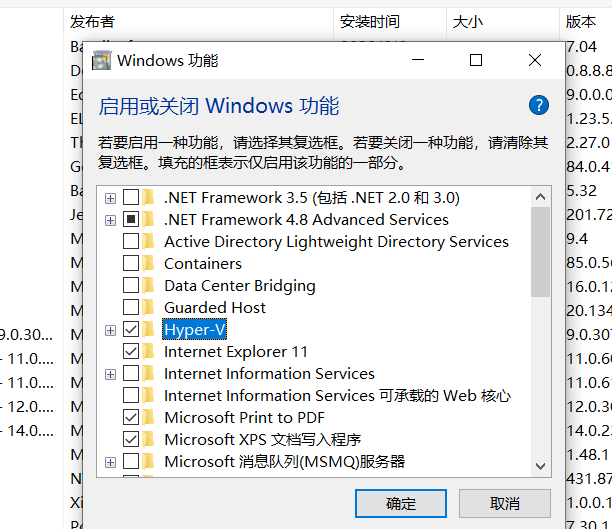Java泛型:边界条件理解及使用
Java泛型是Java 5引入的一个特性,它允许我们在创建类或者方法时,定义一些类型参数,然后在这些类型的引用上使用这些参数。
边界条件理解:
类型擦除:编译器会在运行时自动将泛型转换为具体类型。这意味着在编译后的字节码中,无法直接看到泛型信息,所以需要根据实际场景来考虑泛型的边界。
类型约束:泛型可以通过类型参数及相关的类型约束进行定义。例如,可以规定某个类型的引用必须使用某种特定的泛型。
使用示例:
// 定义一个带泛型参数的类public class ListWithGenerics<T> {private List<T> elements;// 构造函数,传入类型参数public ListWithGenerics() {elements = new ArrayList<>();}// 具体方法,使用指定类型参数public void add(T item) {elements.add(item);}// 获取元素列表public List<T> getElements() {return Collections.unmodifiableList(elements);}}// 使用示例:创建一个带泛型的List实例public class Main {public static void main(String[] args) {// 创建ListWithGenerics<T>实例,其中T为Integer类型ListWithGenerics<Integer> integerList = new ListWithGenerics<>();// 添加元素到列表integerList.add(1);integerList.add(2);integerList.add(3);// 获取并打印元素列表List<Integer> elements = integerList.getElements();for (Integer item : elements) {System.out.println(item);}}}// 运行结果:// 1// 2// 3
通过以上示例,你可以理解Java泛型的边界条件以及如何在实际场景中使用它们。



































还没有评论,来说两句吧...